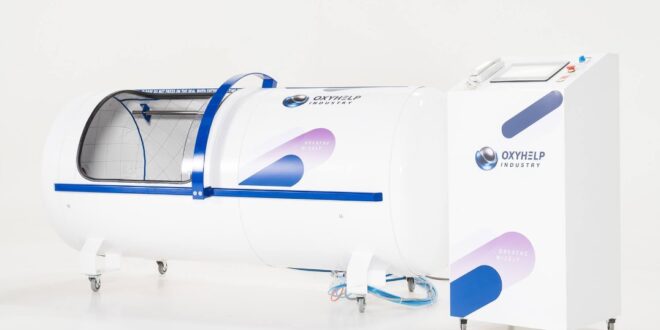The journey of understanding the effectiveness of Hyperbaric Oxygen Therapy (HBOT) in treating hearing loss is both intricate and fascinating.
This article seeks to illuminate the pathways through which HBOT operates, its efficacy in the domain of auditory impairments, and the nuances surrounding its application.
As we explore this intriguing topic, we aim to provide comprehensive insights backed by scientific research to offer clarity and guidance to those seeking answers.
What is Hyperbaric Oxygen Therapy?
Hyperbaric Oxygen Therapy, a medical treatment, involves breathing pure oxygen in a pressurized room or chamber.
This therapy is rooted in the fundamental principle that increased atmospheric pressure can enhance the amount of oxygen dissolved in the bloodstream, subsequently supplying higher levels of oxygen to body tissues.
The Science Behind Hyperbaric Oxygen Therapy
- Increased oxygen supply ─ Under hyperbaric conditions, oxygen solubility in the blood increases, leading to elevated oxygen delivery to tissues.
- Neovascularization ─ HBOT stimulates the formation of new blood vessels, enhancing blood flow to areas with reduced circulation.
- Anti-inflammatory effect ─ The therapy reduces inflammation, a key factor in many chronic diseases and injuries.
To get a practical understanding of the equipment used in HBOT, you can check out various hyper chambers that play a pivotal role in this therapy.
Historical and Modern Use
Historically, Hyperbaric Oxygen Therapy was primarily used for decompression sickness in divers. Over time, its use expanded to include treatment for conditions like carbon monoxide poisoning, diabetic foot ulcers, and certain types of infections. Today, the exploration of its potential benefits for auditory conditions is gaining momentum.
Hyperbaric Oxygen Therapy and Hearing Loss
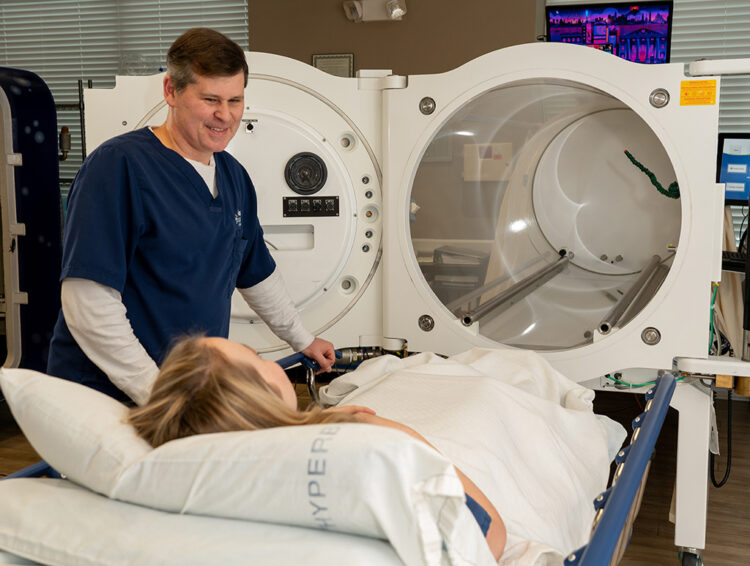
Before delving into the role of HBOT in treating hearing loss, it’s crucial to understand the types of hearing loss:
- Conductive hearing loss ─ Caused by obstructions or damage to the outer or middle ear.
- Sensorineural hearing loss ─ Results from damage to the inner ear or the auditory nerve.
- Mixed hearing loss ─ A combination of conductive and sensorineural hearing loss.
Research Insights
Numerous studies have been conducted to assess the efficacy of HBOT in hearing loss, especially sudden sensorineural hearing loss (SSNHL). Key findings include:
- Improved hearing recovery ─ Some studies suggest HBOT can significantly improve recovery in SSNHL when combined with conventional therapy.
- Time-sensitive treatment ─ Early intervention with HBOT, typically within two weeks of symptom onset, is crucial for better outcomes.
- Diverse responses ─ Individual responses to HBOT vary, with some patients showing remarkable improvement and others experiencing minimal change.
Hyperbaric Oxygen Therapy Procedure for Hearing Loss
Typically, a HBOT session for hearing loss involves:
- Duration ─ Sessions usually last for about 90 to 120 minutes.
- Frequency ─ The frequency of sessions varies, often daily treatments for a specified period.
- Monitoring ─ Continuous monitoring is essential to tailor the treatment to individual needs and responses.
Analyzing the Efficacy of HBOT in Different Scenarios
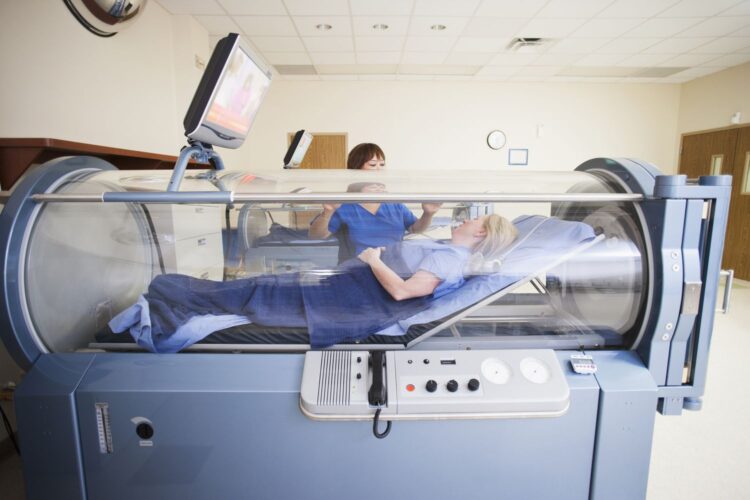
Case Studies and Clinical Trials
- Case studies ─ Various case studies have documented the success of HBOT in reversing hearing loss in certain individuals.
- Controlled trials ─ Clinical trials provide more rigorous evidence, with some indicating significant benefits, while others show mixed results.
Comparing HBOT with Standard Treatments
When comparing HBOT with standard treatments like steroids, it is vital to consider factors such as:
- Severity of hearing loss ─ The degree of hearing impairment can influence the efficacy of HBOT.
- Time of intervention ─ The sooner HBOT is administered after the onset of hearing loss, the more effective it tends to be.
Limitations and Challenges
Despite promising results, challenges and limitations exist, including:
- Accessibility and cost ─ HBOT is not universally accessible and can be expensive.
- Lack of standardized protocols ─ There is no universally accepted protocol for HBOT in treating hearing loss, leading to variability in treatment outcomes.
Patient Perspectives and Testimonials
Success Stories
Personal accounts and testimonials from patients who have undergone Hyperbaric Oxygen Therapy for hearing loss often shed light on its potential benefits. These stories, while anecdotal, provide a human element to the scientific data.
Skepticism and Criticism
Conversely, skepticism exists, often stemming from those who did not experience significant improvement. Critiques also come from the medical community, citing a lack of conclusive evidence.
Balancing Hope and Realism
It is essential to balance optimism with realism when considering HBOT for hearing loss. Patients should be aware of both the potential benefits and the limitations of this therapy.
The Future of HBOT in Treating Hearing Loss
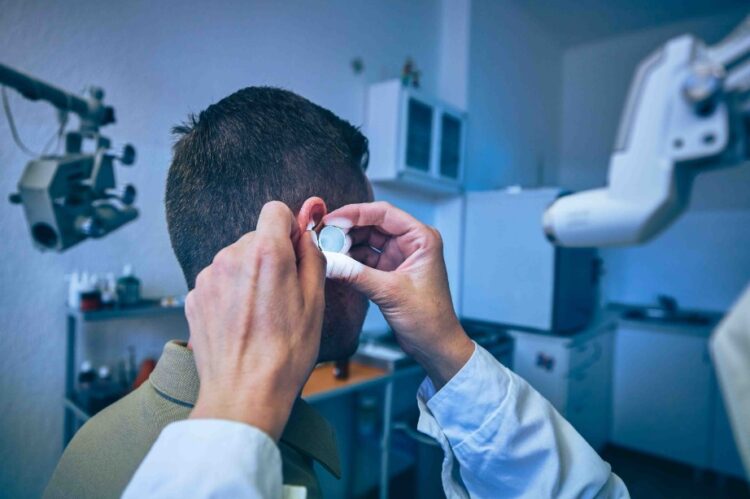
Ongoing Research and Development
The landscape of Hyperbaric Oxygen Therapy is ever-evolving, with ongoing research aimed at:
- Understanding mechanisms ─ Further investigation into how HBOT specifically affects the auditory system.
- Optimizing protocols ─ Development of more effective treatment protocols based on patient-specific factors.
Potential Breakthroughs
Advancements in technology and a deeper understanding of HBOT could lead to more targeted and effective treatments for various types of hearing loss.
Recommendations for Prospective Patients
For those considering HBOT:
- Consultation with specialists ─ Seek advice from medical professionals specializing in both HBOT and audiology.
- Evaluating individual cases ─ Every case of hearing loss is unique, and decisions should be made on a case-by-case basis.
- Considering risks and benefits ─ Weigh the potential benefits against the risks and costs involved.
Integrating HBOT with Other Therapies
Complementary Approaches
Hyperbaric Oxygen Therapy, when used in conjunction with other treatments like corticosteroids, physiotherapy, or auditory rehabilitation, may enhance overall treatment efficacy. This holistic approach could potentially offer a more comprehensive treatment plan for hearing loss.
Interdisciplinary Collaboration
Collaboration between different medical disciplines – such as audiology, neurology, and hyperbaric medicine – can lead to a more integrated approach in treating hearing loss, ensuring that HBOT is used optimally within a broader treatment context.
Critical Evaluation of HBOT for Hearing Loss

Reviewing Scientific Evidence
To accurately gauge the efficacy of Hyperbaric Oxygen Therapy, it’s vital to delve into the depths of scientific research.
Studies vary in their methodology, sample size, and outcomes, but a critical review of this literature helps in forming a more definitive understanding of HBOT’s role in treating hearing loss.
Analyzing Long-term Effects
While short-term benefits of HBOT have been reported, the long-term effects are less clear. It’s crucial to understand whether improvements in hearing are sustained over time or if they are temporary.
Safety and Side Effects
Safety is a paramount concern in any medical treatment. HBOT is generally considered safe, but like all medical procedures, it comes with potential side effects, such as ear pain, sinus issues, and, in rare cases, oxygen toxicity.
Ethical and Accessibility Considerations
The ethical implications of recommending a treatment with varied outcomes like HBOT must be considered. It’s essential to ensure that patients receive complete and unbiased information to make informed decisions.
The accessibility of HBOT varies globally. In some regions, it is readily available, while in others, it is limited and expensive. Addressing these disparities is crucial for providing equitable healthcare solutions.
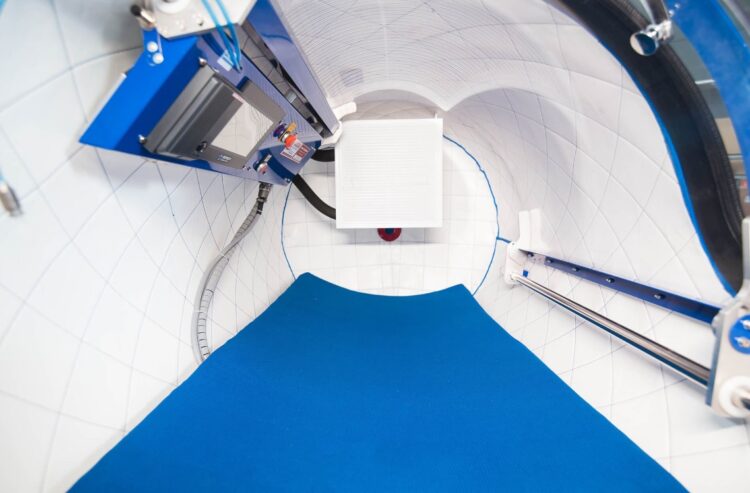
Final Words
Hyperbaric Oxygen Therapy (HBOT) holds potential for treating hearing loss, but it’s not a one-size-fits-all solution. Its success hinges on various factors like the kind of hearing loss, its severity, and how quickly treatment starts. With ongoing research, patients and doctors need to keep up-to-date and weigh the benefits and limitations of HBOT carefully.
The journey to fully comprehend and utilize Hyperbaric Oxygen Therapy in treating hearing loss is ongoing. It embodies a fascinating intersection of medical science, patient experiences, and evolving treatment methodologies. As we navigate this terrain, it is crucial to maintain a balanced perspective grounded in scientific evidence yet open to the possibilities that future advancements may hold.
 Hi Boox Popular Magazine 2024
Hi Boox Popular Magazine 2024
